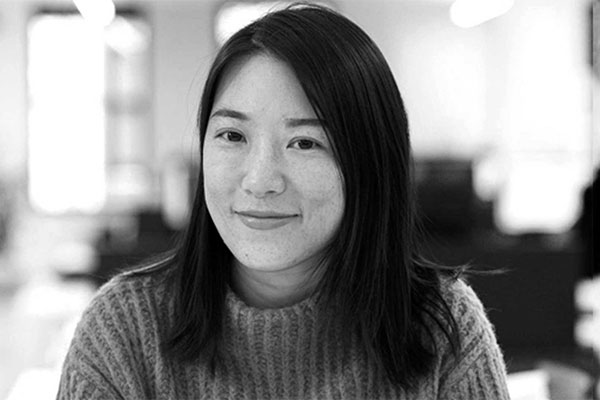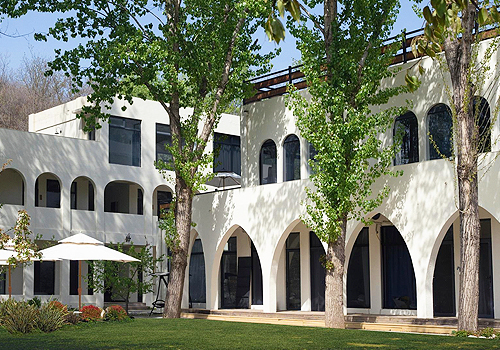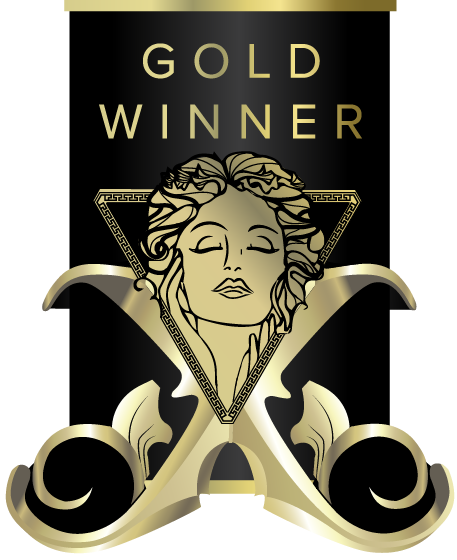
Interview
Chang Suo
1 Congratulations on winning the MUSE Design Awards! Can you introduce yourself and share about what inspired you to pursue design as a career?
I am an architect and urban designer with professional experience spanning both the East and West Coasts of the United States. I hold a Master’s degree in Architectural Urban Design from the University of Cincinnati (DAAP). Following graduation, I practiced at renowned international firms including Sasaki, Walt Disney Imagineering, and Johnson Fain. Building on this foundation, I have since led and contributed to diverse projects for clients across national and international contexts. At the core of my practice is a commitment to redefining how architecture and urban design can advance social engagement while harmonizing with the environment.
2 What does being recognized in the MUSE Design Awards mean to you?
Being recognized in the MUSE Design Awards is deeply meaningful to me, as it affirms the dedication and creativity I bring to each project. The balance of creative expression and tangible impact on society resonates strongly with both my personal values and professional aspirations. To me, design is a language that bridges people and their environments, and I find great fulfillment in crafting spaces that evoke emotion, foster connection, and support a sustainable future. This recognition is not only an honor but also a motivation to keep pushing boundaries, exploring inclusive and sustainable approaches, and contributing to the broader conversation about how design can shape a more connected and resilient world.
3 How has this achievement impacted your career, team, or agency, and what opportunities has it brought so far?
It has elevated the visibility of my work, opening doors to new collaborations, invitations to share insights of the award design, and greater credibility within the professional community.
4 What role does experimentation play in your creative process? Can you share an example?
Experimentation is at the core of my creative process. I see it as a way to challenge assumptions, test unconventional ideas, and discover unexpected solutions that can redefine how people experience spaces. Rather than viewing design as a linear path, I embrace iteration sketching, modeling, simulating, and even prototyping at different scales to let new possibilities emerge. For example, in a recent master planning project, we experimented with repurposing underutilized infrastructure as community assets. By exploring multiple scenarios such as transforming an abandoned gas station canopy into a shaded plaza and the underground tanks into rainwater reuse systems we uncovered solutions that not only addressed environmental challenges but also created meaningful places of gathering and identity. This kind of experimentation allows me to blend practicality with imagination, ensuring that the final design is both resilient and inspiring.
5 What's the most unusual source of inspiration you've ever drawn from for a project?
One of the most unusual sources of inspiration I’ve drawn from was the structure of mangrove forests. I was fascinated by how their tangled roots stabilize shorelines, filter water, and create habitats, all while adapting to harsh tidal conditions. Translating that resilience into design, I explored how interwoven circulation networks and layered green infrastructure could both protect and enliven urban spaces. The project ultimately adopted a “living edge” approach, where landscape and built form worked together like a mangrove system resilient, adaptive, and deeply connected to its environment.
6 What’s one thing you wish more people understood about the design process?
One thing I wish more people understood about the design process is that it is as much about stewardship as it is about creativity. Ian McHarg, the pioneer of ecological planning, once said, “Design with nature.” That simple phrase captures a profound truth: every design decision has environmental consequences, and resilience is not an afterthought but a foundation.
7 How do you navigate the balance between meeting client expectations and staying true to your ideas?
I see the client’s goals as the starting point of a dialogue, not a limitation. By listening closely, I can uncover the deeper aspirations behind their requests often values like community impact, sustainability, or long-term flexibility that resonate with my own design philosophy. From there, it becomes about translating those shared values into solutions that are both innovative and practical.
8 What were the challenges you faced while working on your award-winning design, and how did you overcome them?
Transforming a former dormitory into a boutique retreat required balancing preservation, adaptability, and identity. We approached the challenge by weaving Zen inspired minimalism with flexible layouts. Nestled within a forest by the Miyun Reservoir and framed by dramatic mountains, the design listens to its surroundings. By harmonizing architecture with nature and context, the project became a sanctuary for wellness, reflection, and celebration.
9 How do you recharge your creativity when you hit a creative block?
I recharge myself of getting into the nature land. Immersing myself in forests, mountains, or water landscapes often reveals patterns and rhythms that inspire new design ideas reminding me how architecture can learn from the environment. Beyond that, I recharge by reading and visiting architectural masterpieces, each offering different perspectives. These experiences open my mind, spark fresh inspiration, and reconnect me to the deeper purpose of design: creating spaces that resonate with both people and place.
10 What personal values or experiences do you infuse into your designs?
I infuse my designs with values of inclusivity, adaptability, and harmony with nature. Growing up surrounded by landscapes that shaped daily life taught me that the built environment should never overpower its setting but instead listen and respond. This perspective drives my commitment to sustainability and cultural sensitivity ensuring spaces feel authentic, resilient, and welcoming to all.
11 What is an advice that you would you give to aspiring designers aiming for success?
My advice to aspiring designers is to stay curious and courageous. Don’t be afraid to question assumptions, explore unconventional ideas, and embrace experimentation innovation often comes from the margins, not the mainstream.
12 If you could collaborate with any designer, past or present, who would it be and why?
If I could collaborate with any designer, it would be Tadao Ando. His work embodies the balance I strive for where architecture is not only a structure but a dialogue with light, nature, and silence. I admire how he uses minimal means to achieve profound emotional impact, creating spaces that feel timeless yet deeply human.
13 What's one question you wish people would ask you about your work, and what's your answer?
One question I wish people would ask is: “How can design breathe new life into what already exists?” Transforming an abandoned dormitory into a boutique retreat, for example, was not just about adapting structure but about honoring memory, reducing waste, and creating spaces that evolve with time. For me, adaptive reuse is both a sustainable strategy and a philosophy: it proves that renewal, rather than replacement, can generate the most meaningful design.


